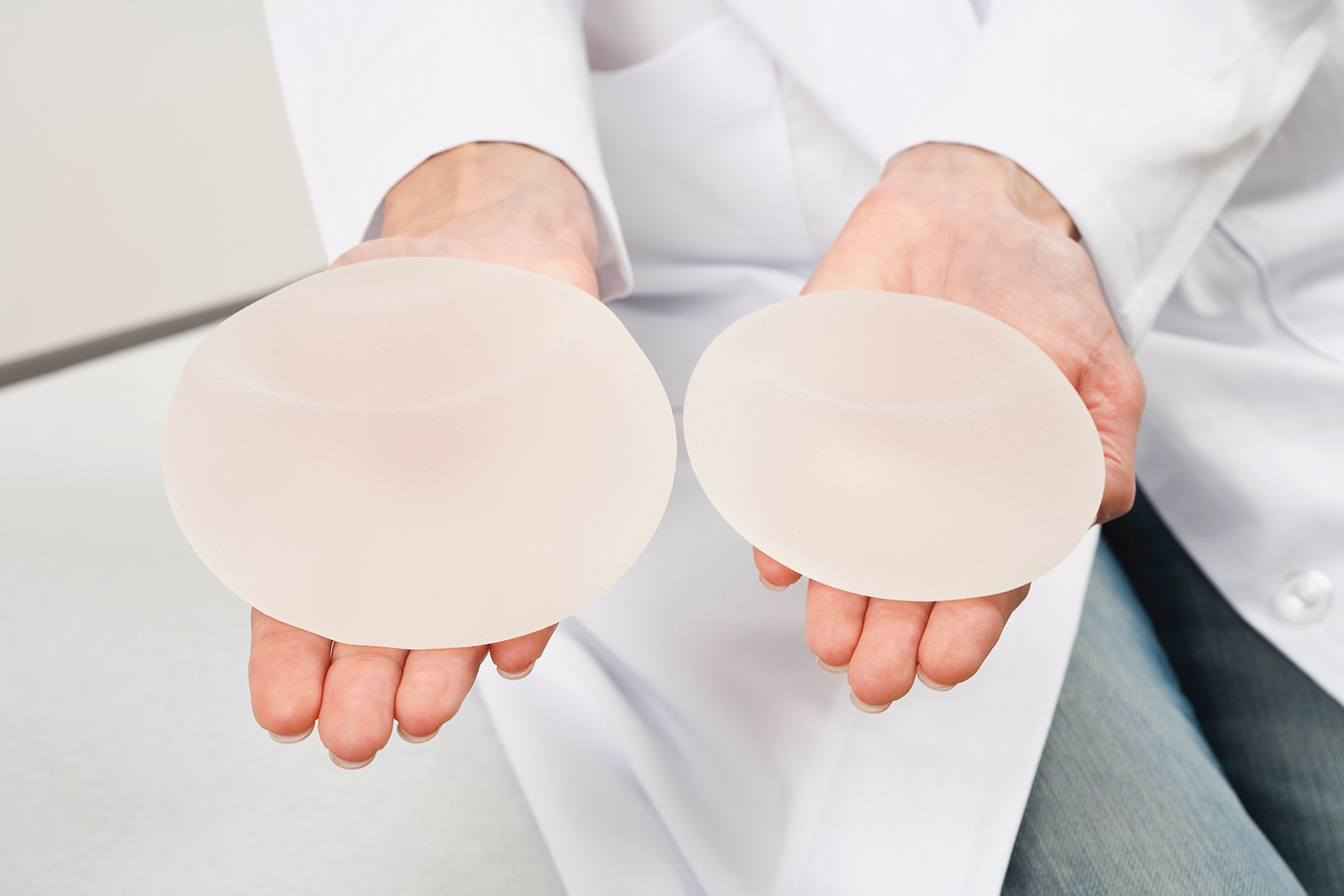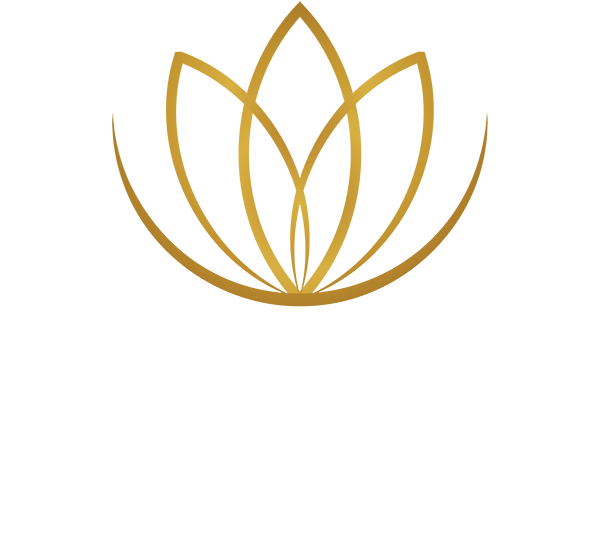The future of breast implants

The history of breast implants, the associated health risks and controversies.
Breast implants have been controversial for decades, with proponents and opponents weighing in on their safety and efficacy. In this blog post, we’ll explore the history of breast implants, their health risks and controversies, including LAL-BIA and breast implant disease, and the alternatives available.
The history of breast implants
Breast implants have been around for over 100 years, with the first breast augmentation operation in 1895. However, it wasn’t until the 1960s that breast implants began to gain in popularity. In the early 1960s, the first silicone breast implants were developed, and by the late 1960s, they were widely used in breast augmentation operations.
However, the use of silicone breast implants has not been without controversy. In the 1970s and 1980s, silicone breast implant leaking or rupturing cases were reported, leading to serious health complications for some women. As a result, the use of silicone breast implants was banned in the USA in 1992.
Since then, breast implants have continued to evolve. In 2006, the FDA again approved silicone breast implants’ use, provided they met specific safety standards. Today, there are two main types of breast implants: silicone breast implants and saline breast implants. Silicone breast implants feature a silicone shell filled with silicone gel, while saline breast implants feature a silicone shell filled with sterile salt water.
BIA-ALCL and breast implant illness
Breast implants have raised several concerns, including cancer risk and autoimmune problems. BIA-ALCL, or breast implant-associated anaplastic large-cell lymphoma, is a rare type of non-Hodgkin’s lymphoma that has been associated with breast implants. According to the FDA, 573 cases of BIA-ALCL have been confirmed worldwide, and 17 deaths have been reported. The risk of developing BIA-ALCL is low, with an estimated incidence of 1 in 500,000 and 1 in 1,000,000.
In addition to BIA-ALCL, there is growing concern about the possibility of breast implants causing autoimmune problems, also known as breast implant disease. Symptoms of breast implant disease can include fatigue, muscle and joint pain, hair loss and skin rashes. Although the etiology of breast implant disease is not fully understood, some research suggests that it may be caused by releasing chemicals from the implant into the body.
Research on the etiology and causes of autoimmune issues with implants
The etiology and causes of breast implant-related autoimmune problems are not fully understood, and further research is needed to determine the exact mechanisms involved. However, some research suggests that breast implant-related diseases may be caused by releasing chemicals from the implant into the body.
A study published in the Journal of Autoimmunity in 2016 found that women with breast implants had higher levels of certain chemicals in their urine, including silicone, platinum and other metals, compared to women without breast implants. The study authors suggest that the implant may release these chemicals and contribute to developing autoimmune symptoms.
Another study, published in the journal Plastic and Reconstructive Surgery in 2018, found that women with breast implants had higher levels of specific biomarkers in their blood, including interleukin-6 and C-reactive protein, compared with women without breast implants. These biomarkers are associated with inflammation and autoimmune disease. The study authors suggest that the presence of these biomarkers could result from the release of chemicals from breast implants.
While these studies offer some evidence of the potential link between breast implants and autoimmune problems, further research is needed to understand the relationship between the two entirely. It’s also important to note that not all women with breast implants experience autoimmune symptoms, and further research is needed to determine why some women are more susceptible to these problems than others.
Alternatives to breast implants For women considering breast augmentation, several options for breast implants may be worth considering. These alternatives include:
- Fat transfer: Fat transfer involves using fat from another part of the body, such as the abdomen or thighs, to increase the size of the breasts. The fat is removed by liposuction, then injected into the breasts. This procedure carries fewer risks of complications than breast implants, but the results may not be as spectacular.
- Breast lift: A breast lift, or mastopexy, involves removing excess skin and tightening the remaining skin to lift and reshape the breasts. This procedure can be combined with breast implants for more spectacular results.
- Natural breast augmentation: Natural breast augmentation involves using herbs, supplements and other natural remedies to increase breast size. Although there is little scientific evidence of the effectiveness of these methods, some women may find them attractive because of the lack of risk they appear to present.
The future of breast implants
It’s difficult to predict the future of breast implants, as it will depend on the results of ongoing research and changing attitudes in the medical community and the general public. However, breast implants will likely remain a popular option for women seeking breast augmentation, despite the potential risks and controversies surrounding them.
As research into the potential health risks of breast implants progresses, new safety guidelines or regulations may be implemented to protect the health and well-being of women who choose to undergo breast augmentation surgery. In addition, the continued development of alternatives to breast implants, such as fat transfer and natural breast augmentation, could offer women more breast augmentation options with a lower risk of complications.
In conclusion, breast implants have a long and controversial history, with proponents and opponents discussing their safety and efficacy. Although breast implant surgery is generally considered safe, several risks are associated with breast implants, including infection, rupture or leakage, scarring, changes in breast sensation and the risk of autoimmune problems or cancer. For women considering breast augmentation, it’s essential to carefully weigh breast implants’ potential risks and benefits and consider other options that may present a lower risk of complications.
For more information on breast implants, please schedule a consultation with Dr. Jonathan Kanevsky at his Beverly Hills plastic surgery clinic. To book, call 424-222-9352.
-
- “First Recorded Breast Augmentation 1895” (n.d.). Retrieved from https://www.breastimplantsbymentor.com/breast-augmentation-history
- FDA. (n.d.). Breast Implants. Retrieved from https://www.fda.gov/medical-devices/breast-implants
- Sowder, R. et al. (2016). Urinary metal and silicon levels in women with breast implants. Journal of Autoimmunity, 71, 10-16. doi: 10.1016/j.jaut.2016.09.001
- Kim, J. et al. (2018). Elevated levels of interleukin-6 and C-reactive protein in women with breast implants. Plastic and Reconstructive Surgery, 141(6), 1234-1241. doi: 10.1097/PRS.0000000000004333
- FDA. (2019). Breast Implants and Cancer Risk. Retrieved from https://www.fda.gov/medical-devices/breast-implants/breast-implants-and-cancer-risk
- FDA. (2019). Breast Implants and Breast Implant-Associated Anaplastic Large Cell Lymphoma (BIA-ALCL). Retrieved from https://www.fda.gov/medical-devices/breast-implants/breast-implants-and-breast-implant-associated-anaplastic-large-cell-lymphoma-bia-alcl

